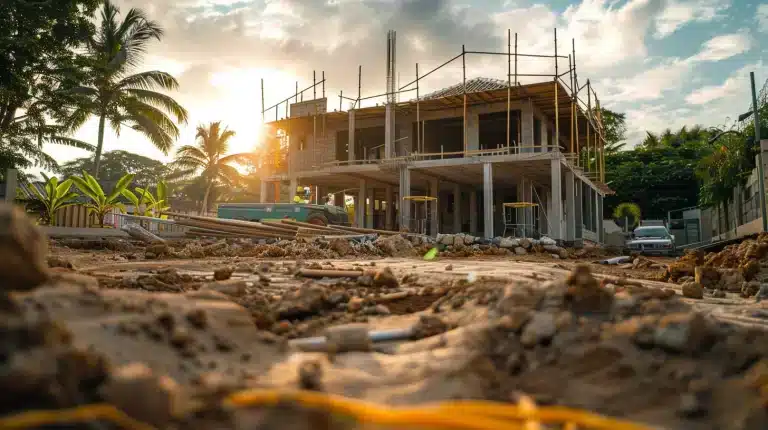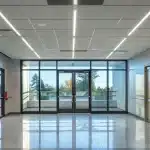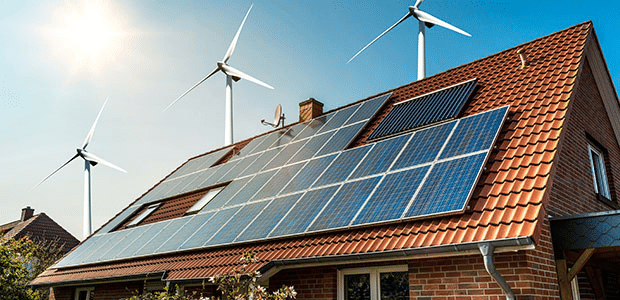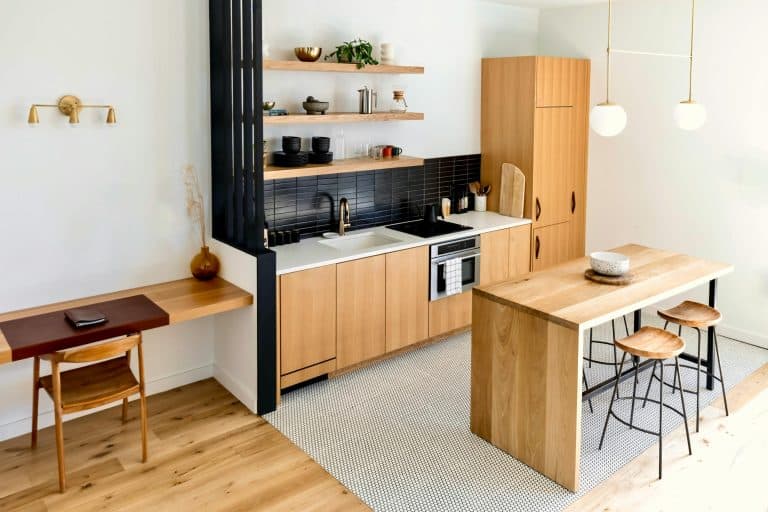The urge to break ground and get started can be very strong for builders and designers at the beginning of any construction project. However, thorough planning and preparation before moving forward are crucial for a project’s success—whether it’s a residential unit, commercial building, or industrial complex. Skipping these steps can lead to costly delays, safety hazards, and potential legal issues down the road.
This article will look at a few key considerations industry professionals should address before the actual construction phase to ensure a smooth and successful project.
Key Considerations for Smooth Project Progress
To ensure a project runs smoothly and avoids costly delays or safety hazards, you should address the things listed below before you start:
Legal Considerations
- Permits: Before you get started, you should acquire all the necessary documents. The required permits will vary depending on the project’s location, scope, and complexity. Common permits include building permits, demolition permits, electrical permits, plumbing permits, and mechanical permits. Always consult your local building department for a comprehensive list of required permits.
- Building Codes and Zoning Laws: Building codes outline minimum requirements for structural safety, fire protection, plumbing, electrical systems, and accessibility. Complying with these codes ensures the project meets lawful safety and functionality standards. Zoning regulations, on the other hand, determine land use within a specific area. They outline limitations on building height, setbacks, and permitted uses. Non-compliance with building codes and zoning laws will result in project delays, stop-work orders, and hefty fines. For more details about building codes and to find the relevant code for your project, refer to the International Code Council (ICC).
Risk Management
- Site Assessment and Hazard Identification: A thorough site assessment helps identify potential hazards pre-construction. This assessment may uncover underground utilities, asbestos-containing materials, contaminated soil, or unstable geological conditions. Ignoring these hazards can lead to accidents, delays, and unexpected costs. Consider conducting a comprehensive site assessment with qualified engineers or environmental consultants.In addition, if your project site includes confined or restricted spaces, using a tight access excavator for narrow areas can be a practical solution. These compact machines are designed to operate efficiently in tight conditions, helping to minimize disruption and safely navigate around existing structures or difficult terrain.
- Safety Protocols: Safety is a top priority in construction sites. Implementing proper safety protocols lowers the risk of on-site accidents and injuries. One example of a safety-focused product is the BAC-LMF attic ladder. This ladder contributes to a safer work environment with increased stability, slip-resistant treads, and secure handrails. Remember, putting a premium on safety protects workers and reduces the project’s overall risk profile.
- Insurance: Obtaining appropriate insurance coverage mitigates the financial risks associated with accidents, property damage, and liability. Construction insurance typically includes general liability, worker’s compensation, and builder’s risk insurance. Consulting with an insurance broker can help you determine the specific coverage needed for your construction projects.
Financial Considerations
With a clear understanding of the project’s financial needs, industry professionals can effectively manage costs and ensure the project stays within budget.
Detailed Budget
A well-thought-out budget should factor in all anticipated expenses, including:
- Material Costs: Costs of lumber, concrete, roofing materials, electrical components, plumbing fixtures, etc.
- Labor Costs: Wages for construction workers, supervisors, and any subcontractors.
- Equipment Rental/Purchase Costs: Rental or purchase costs for heavy machinery, tools, and other necessary equipment.
- Permitting Fees: Fees associated with obtaining building permits and other required approvals.
- Unexpected Costs: A contingency buffer of 5-10% of the total project’s budget to account for unforeseen circumstances.
A well-defined budget allows for proactive financial management, prevents cost overruns, and keeps the project on track.
Reliable Supply Chains
Connecting with reliable suppliers for materials and equipment helps bring down delays and disruptions. Building strong relationships with suppliers can provide benefits such as:
- Competitive Pricing: Negotiate competitive pricing for materials and equipment.
- On-Time Deliveries: Ensure timely delivery of materials to avoid project delays.
- Product Availability: Guarantee access to necessary materials throughout the construction process.
Developing a strong supplier network streamlines the procurement process and minimizes project disruptions due to a lack of supplies.
Environment-Friendly Practices
Integrating green building practices into construction projects demonstrates environmental responsibility and offers long-term benefits. Examples of such practices include:
- Using Recycled Materials: Recycled materials like steel, concrete, and wood can reduce environmental impact and potentially lower material costs.
- Energy-Conserving Appliances and Systems: Specifying energy-conserving appliances, lighting systems, and HVAC units in the design can significantly reduce a building’s energy consumption and operating costs over time.
- Minimizing Waste: Implementing a waste reduction plan that includes recycling construction debris and using prefabricated building components helps reduce landfill waste.
- Water Conservation: Installing low-flow faucets and toilets, utilizing rainwater harvesting systems, and incorporating drought-resistant landscaping helps conserve water resources.
Green building construction practices benefit the environment and can enhance a building’s long-term value and marketability as it will likely attract tenants or buyers who prioritize eco-friendly living.
Wrapping It Up
By thoroughly addressing the key considerations outlined in this article, designers and builders can lay the groundwork for a successful project. Thorough planning and preparation ensure a project is completed on time and within budget, minimizes risks, and contributes to a more sustainable future for the construction industry.









